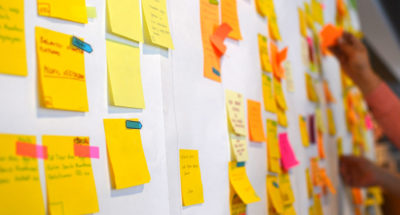
Modeling SEL for Students
Staff members collectively brainstorm how they can model each SEL competency in their interactions with students.

Staff members collectively brainstorm how they can model each SEL competency in their interactions with students.
Staff members will:
Note: This activity can be adapted or expanded to include considerations for how staff will model SEL in their interactions with other staff, families, community partners, etc.

Adapted from the CASEL Guide to Schoolwide SEL, developed by the Collaborative for Academic, Social, and Emotional Learning (CASEL). CASEL, a nonprofit founded in 1994, defined social and emotional learning (SEL) more than two decades ago. Today, CASEL is a trusted source for knowledge about high-quality, evidence-based SEL and collaborates with leading experts and supports districts, schools, and states nationwide to drive research, guide practice, and inform policy.
Ongoing training and support of educators in cultivating their social-emotional competencies is key to successfully implementing social-emotional learning (SEL) into schools. Indeed, researchers have found that SEL program implementation is more successful when all stakeholders in a school are committed to SEL as part of their professional development.
When staff model SEL in how they interact with students throughout the school day, they offer positive examples of how to navigate stress and frustration, build and maintain healthy relationships, take on different perspectives, and reflect on how their decisions impact others.
In addition, classroom teachers who model SEL effectively can positively influence the learning climate in their classroom. For example, teachers who model self-awareness and social awareness when responding to student questions help to minimize anxiety and contribute to an equitable classroom where all students feel comfortable making their voices heard.

Are you ready to build a kinder, happier school where everyone belongs? Join Greater Good Educators! Explore the science of well-being in a supportive community of educators from around the world. Registration is now open for the 2025-2026 school year!
Comments